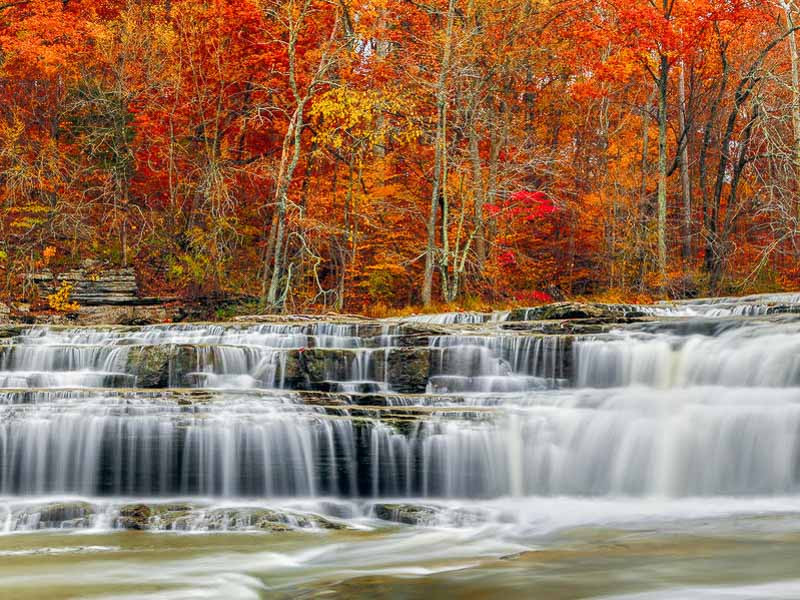Indiana Native Plants
Indiana’s native plants are diverse and resilient, perfect for those looking to create an ecologically conscious garden that is teeming with local beauty. Here are some notable native plants and tips for growing them:
- Wild Bergamot (Monarda fistulosa): This tall, striking plant sports lavender flowers that attract bees, butterflies, and hummingbirds. It thrives in full sun and well-drained soil.
- Wild Columbine (Aquilegia canadensis): Perfect for shady gardens, this plant boasts unique red and yellow flowers. It prefers well-drained soil and part to full shade.
- Smooth Blue Aster (Symphyotrichum laeve): With its lovely blue-purple flowers, this plant is a late summer favorite that offers vital sustenance to insects preparing for winter.
To create a thriving native garden, consider the following tips:
- Understand your garden: Familiarize yourself with your garden’s conditions – soil type, moisture, sun exposure – and choose plants that naturally thrive under those conditions.
- Plant in groups: Native plants often do well when planted with their natural companions, creating a balanced ecosystem that helps each species thrive.
- Practice patient gardening: Native plants can take some time to establish themselves but are usually less maintenance once settled. Regular watering in the first year is essential.
- Promote biodiversity: Include various plant types – trees, shrubs, perennials, grasses – to create a multi-layered, biodiverse garden.
- Leave the leaves: Instead of raking up leaves in the fall, let them break down naturally. This enriches the soil and provides a habitat for beneficial insects.
Indiana’s native plants provide a unique opportunity to create a beautiful garden that contributes to the local ecosystem’s health. Happy gardening!

